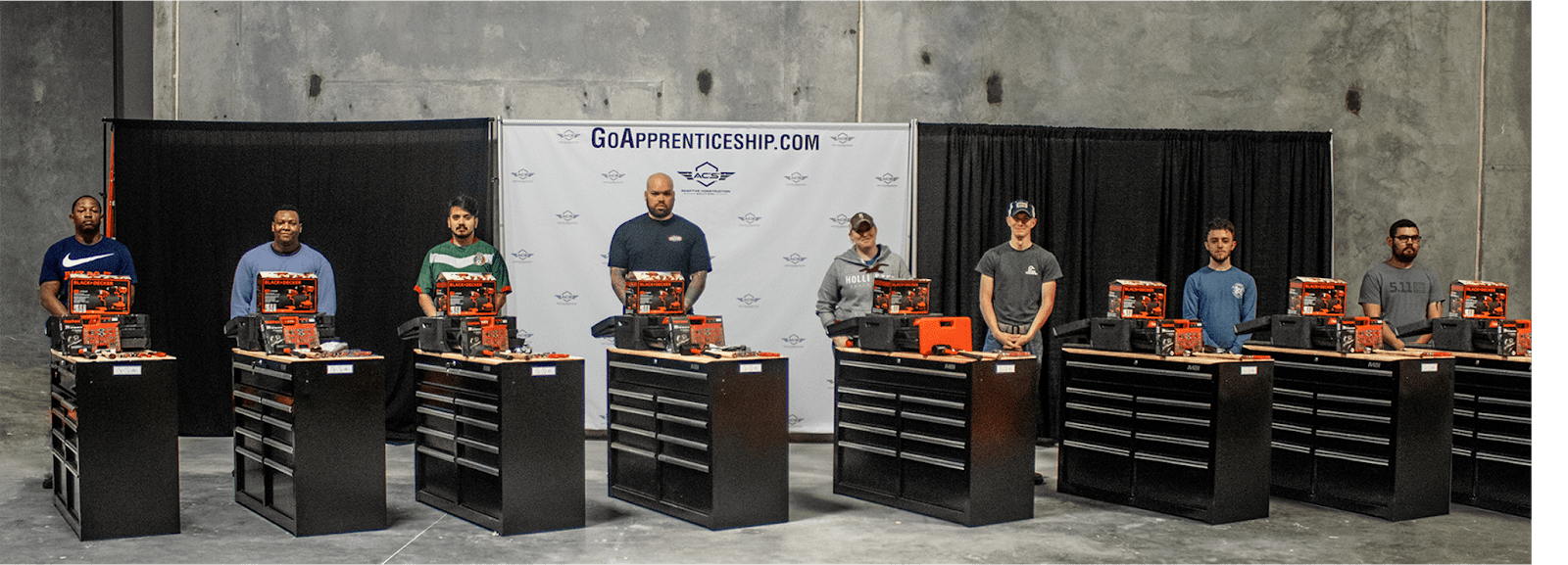Our service members put their lives on the line to serve, but after their service, they often encounter difficulties in transitioning into the civilian workforce as they may not have industry-specific experience or credentials. As the Houston Chronicle reports, “An estimated 250,000 members of the armed forces leave the military each year.” While some might consider college, other veterans may want to enter directly into the workforce – especially if raising a family. That’s where Adaptive Construction Solutions (ACS) comes in.
ACS – located in Houston, Texas, is a service-connected, disabled, veteran-owned and operated company that helps veterans and transitioning service members who may face barriers landing jobs through its registered apprenticeship program. The organization is the largest of its kind in the state. It was founded in 2016 by U.S. Army veteran Nicholas Morgan who serves as its president and U.S. Marine veteran Juan Carlos Pulido who is vice president.
The Business Download spoke with Morgan about ACS and the inspiration behind the company.
“I was wounded in Iraq in 2006, and when I came home eventually I started a commercial insurance agency, which I still own and largely pays my mortgage,” said Morgan, a father of seven. “About five years ago, I looked at starting ACS as a way to meet the skills needs of businesses and to develop a new workforce. A lot of their skilled workers were retiring. It was also an opportunity to put veterans in jobs that allow them to gain a family-sustaining income. So we leverage apprenticeship to accomplish that.”
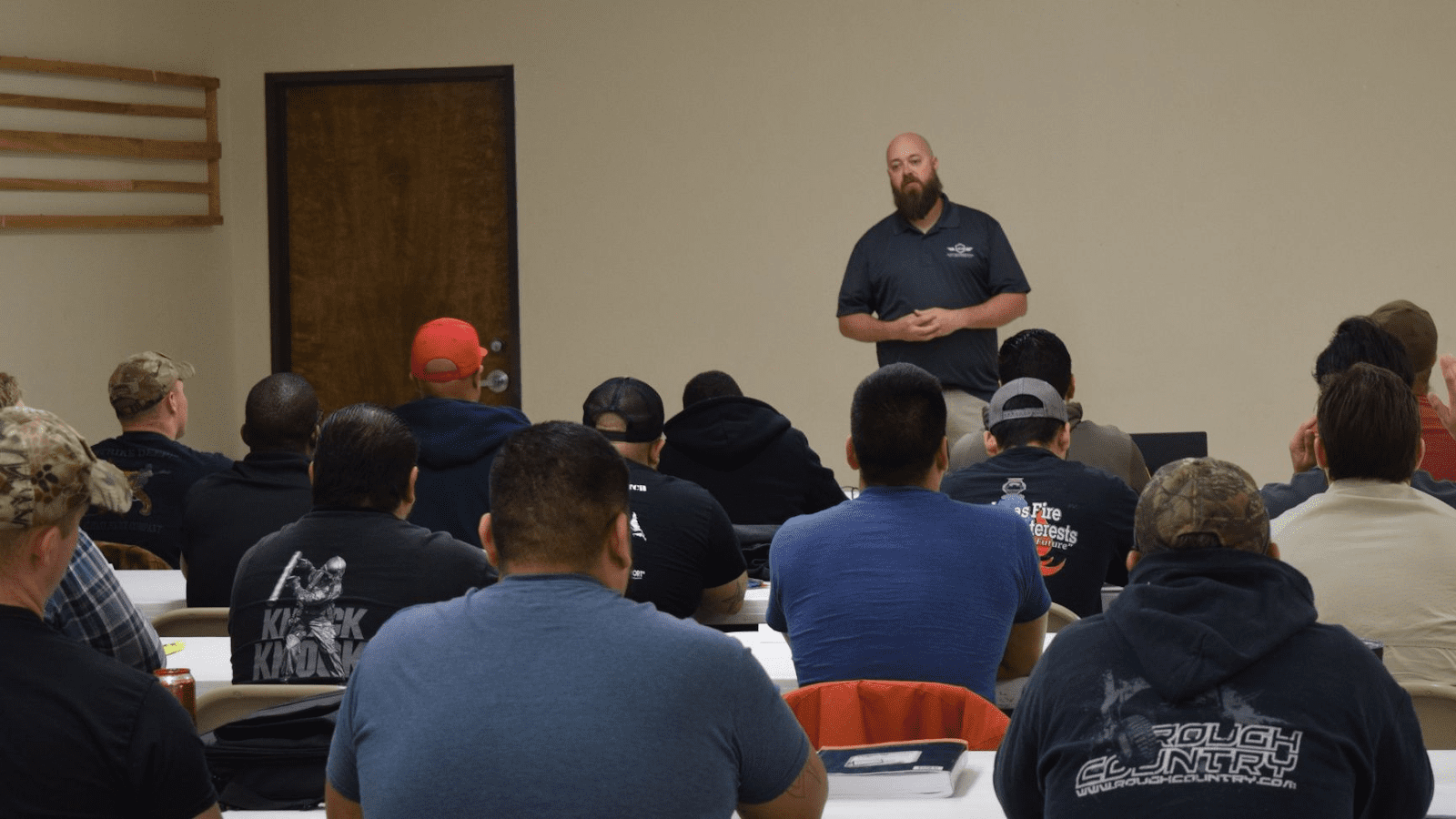
ACS Founder and President Nicholas Morgan speaks to a classroom of apprentices / Photo: ACS (direct)
ACS sponsors a Department of Labor Community-based group (non-joint) registered apprenticeship program for various occupations in several industries.
“To assist employers in leveraging Registered Apprenticeship programs, ACS is structured to:
- Develop, implement, manage and support apprenticeship programs
- Perform apprenticeship administrative functions
- Outreach, screening, enrollment, and onboarding of apprentices
- Deliver or facilitate industry-recognized credentialed training
- Provide supportive services and coaching of apprentices
- Act as an intermediary to deliver workforce resources and incentives
According to ACS, “Registered Apprenticeship is an employer-driven, flexible workforce development strategy that can be customized to meet the needs of every business. Apprentice builds skill through the combination of on-the-job training, mentorship, and technical instruction. Apprentice can obtain paid work experience and earn a portable, nationally-recognized credential.”
The U.S. registered apprenticeships take anywhere from one to six years to finish and consist of 144 hours of classroom training and around 2,000 hours of field training, the Chronicle reports. “Apprentices start earning about 50 percent of the journey-level wage for their role, and then receive incremental pay increases every six months or as they demonstrate specific competencies.”
In a registered apprenticeship training model, veterans earn competitive wages – even while learning – after being placed in a job. They are also eligible for monthly housing allowance from their GI Bill benefits.
ACS helps veterans land apprenticeships which “first provide full-time employment. Once in [their] job, [veterans] participate in training both on the job and classroom. Training is sponsored by employers and does not cost the apprentices.” Employers aren’t even charged an application fee, said Morgan, who adds that veterans also get their tools for free.
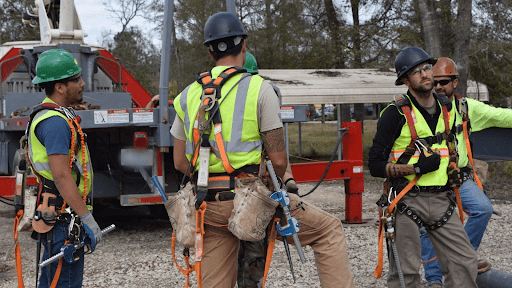
As a Department of Labor registered apprenticeship program, ACS has access to training funds from the public workforce system, Morgan notes. These funds – made possible by the Workforce Innovation and Opportunity Act – comprise more than half of ACS’ overall funding. The company receives additional funding through Department of Labor grants. In the past, he says that employers had contributed to the program, but the funding from federal, state, and local partners has allowed ACS to sustain its operations.
This is in contrast with traditional education, which does not guarantee employment and can lead to high tuition costs and debt. Veterans can rest assured knowing that 94 percent of apprentices continue employment following the completion of an apprenticeship.
“We put all of the pieces together,” says Morgan. “We get the person a job which is the absolute first important component. Too many organizations focus on the idea of training and then pray that they get a job. We literally put the person into the job and while they are getting paid they are training.”
Related instruction can be provided to apprentices in a number of ways including “in a traditional classroom environment, provided at a worksite, or completed on-line. It can take place during work hours or after work hours,” according to ACS. This allows employers and apprentices to choose what works best for them.
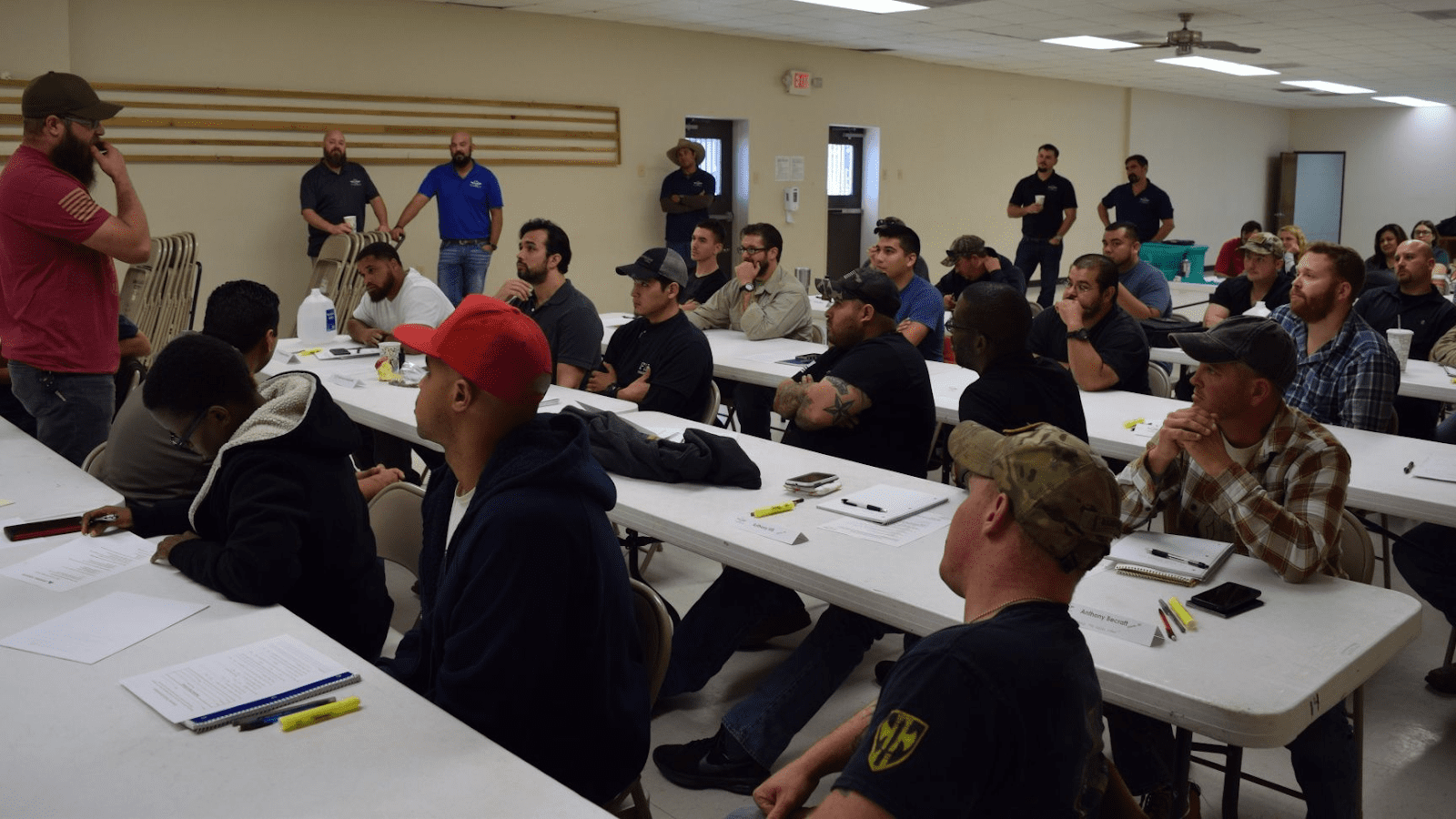
There is also flexibility in delivery. The different models include traditional, front-loaded, and segmented options. Traditional delivery provides apprentices with related instruction and practical training simultaneously, whereas the front-loaded model has apprentices accomplish certain related instruction prior to entering the worksite to facilitate safety and productivity. Segmented delivery features a mix of related instruction and worksite training.
Pre-apprenticeships are also an option. These allow for basic skills to be taught before apprentices enter into their official programs and may come with credit for the prior experience.
“As a workforce intermediary, we’re really there at the center to help employers develop their workforce, recruit, train and retain individuals,” said Morgan. “We’re also there to work with populations that have barriers to employment. Mainly it’s veterans – that’s about 80 percent of our apprentices. But we also work with disadvantaged youth.”
ACS has a staff of 19 people, one-third of which are focused on community outreach to find veterans and other individuals who are interested in and could be a good fit for the program. The company offers 17 registered sponsored apprenticeship occupation programs ranging from ironwork and electrician to telecommunication tower tech and solar utility installer, which Morgan says will be ACS’s largest program for 2021.
Since its founding in 2016, ACS has had more than 700 veterans enter into its programs. With 145 apprentices working across six states, 2020 was a slower year, says Morgan. But, based on its current schedule with around 20 partnering employers, he estimates that there will be more than 420 apprentices for 2021.
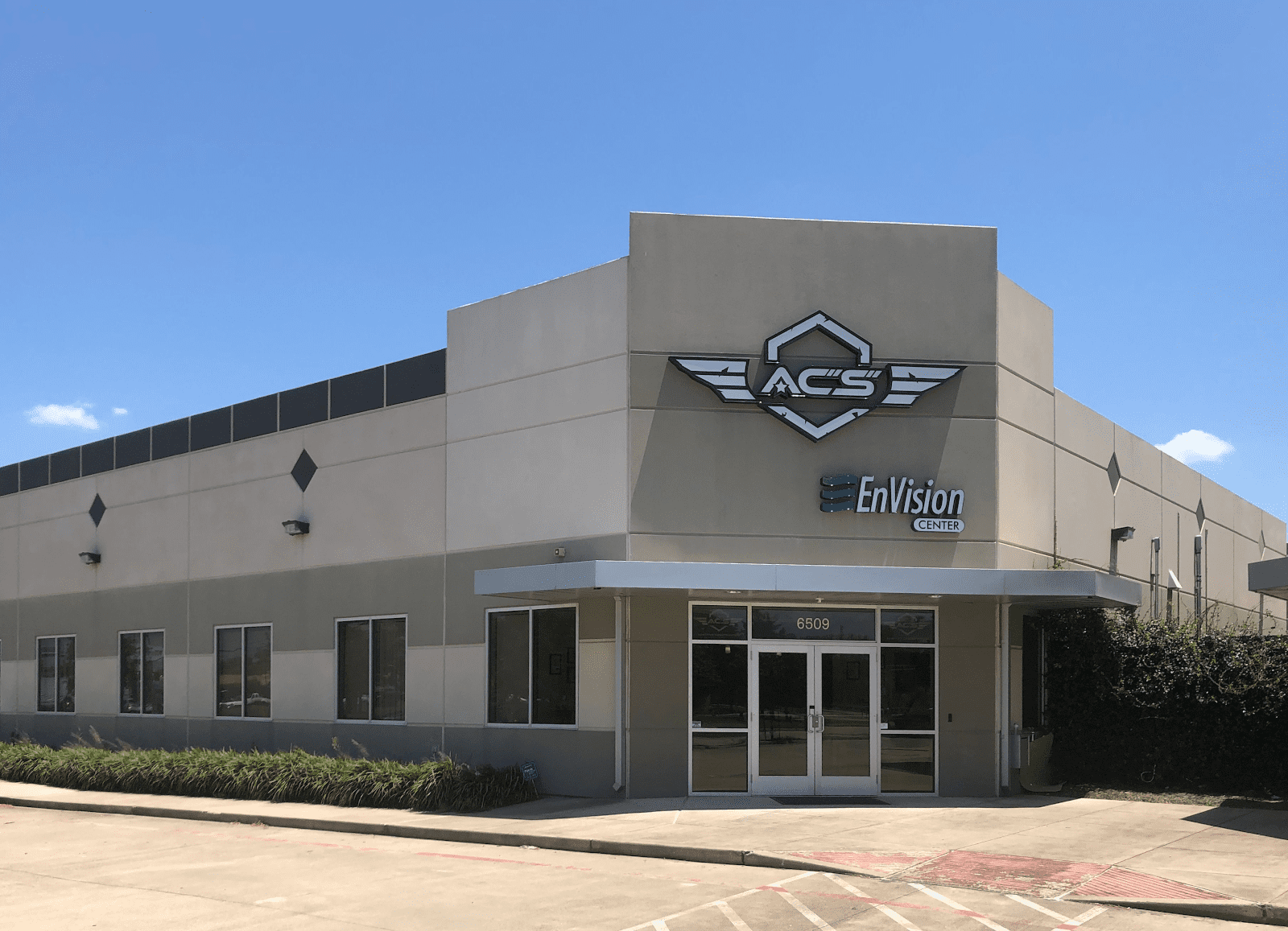
Apprenticeships let employers “reward high-performing entry-level employees and move them up the career ladder within the business,” and entail numerous benefits. “By leveraging apprenticeship programs, businesses can create a pipeline of skilled workers, reduce turnover, increase productivity, while lowering recruitment costs. Apprenticeships can be integrated into current training and human resource development strategies.”
Nationwide, the apprenticeship network comprises more than 150,000 businesses across 1,000-plus occupations. Member employers have access to advantages like free technical assistance, tax credits, national credential, and federal resources.
While apprenticeship in the U.S. can be traced back to some of our Founding Fathers, including Benjamin Franklin, a printer, the formal registered apprenticeship system was officially established in 1937 when President Franklin D. Roosevelt signed The Fitzgerald Act into law. Otherwise known as the National Apprenticeship Act, the law “gave the U.S. Secretary of Labor authority over apprenticeship programs, established an office of apprenticeship within the U.S. Department of Labor (DOL), and provided for the recognition of state agencies to register and administer apprenticeship programs.” Programs are run by the public and private sectors.
“It was a struggle for me: my transition from being wounded in Iraq to coming home and really facing the challenges of recovery and growing a family, and at the same time starting a business that had to survive through the great recession,” said Morgan. “And, then seeing the cost of financial stress and the lack of connections for veterans – the cost that it had on the community – I felt like we all had to take some responsibility for that.”

